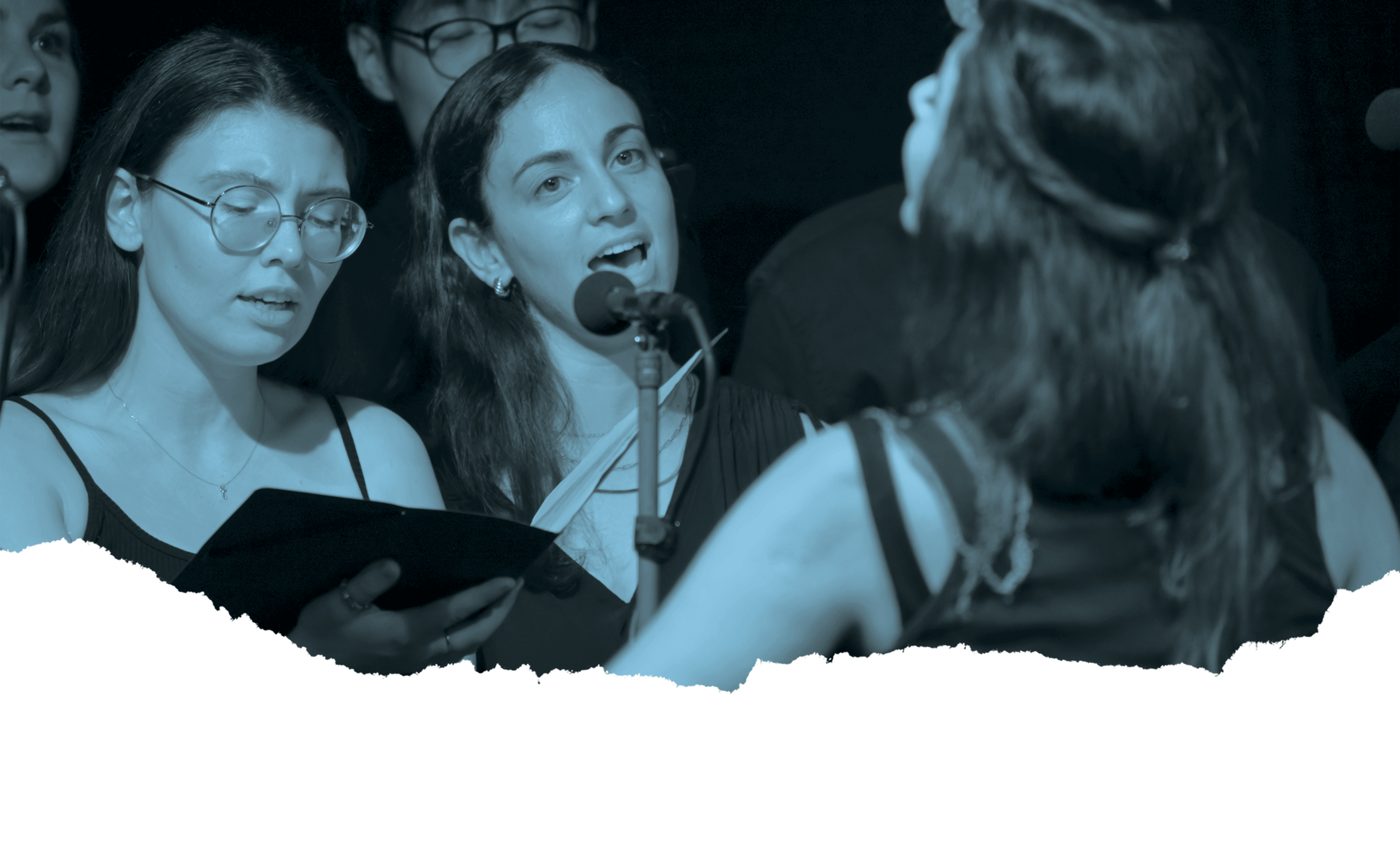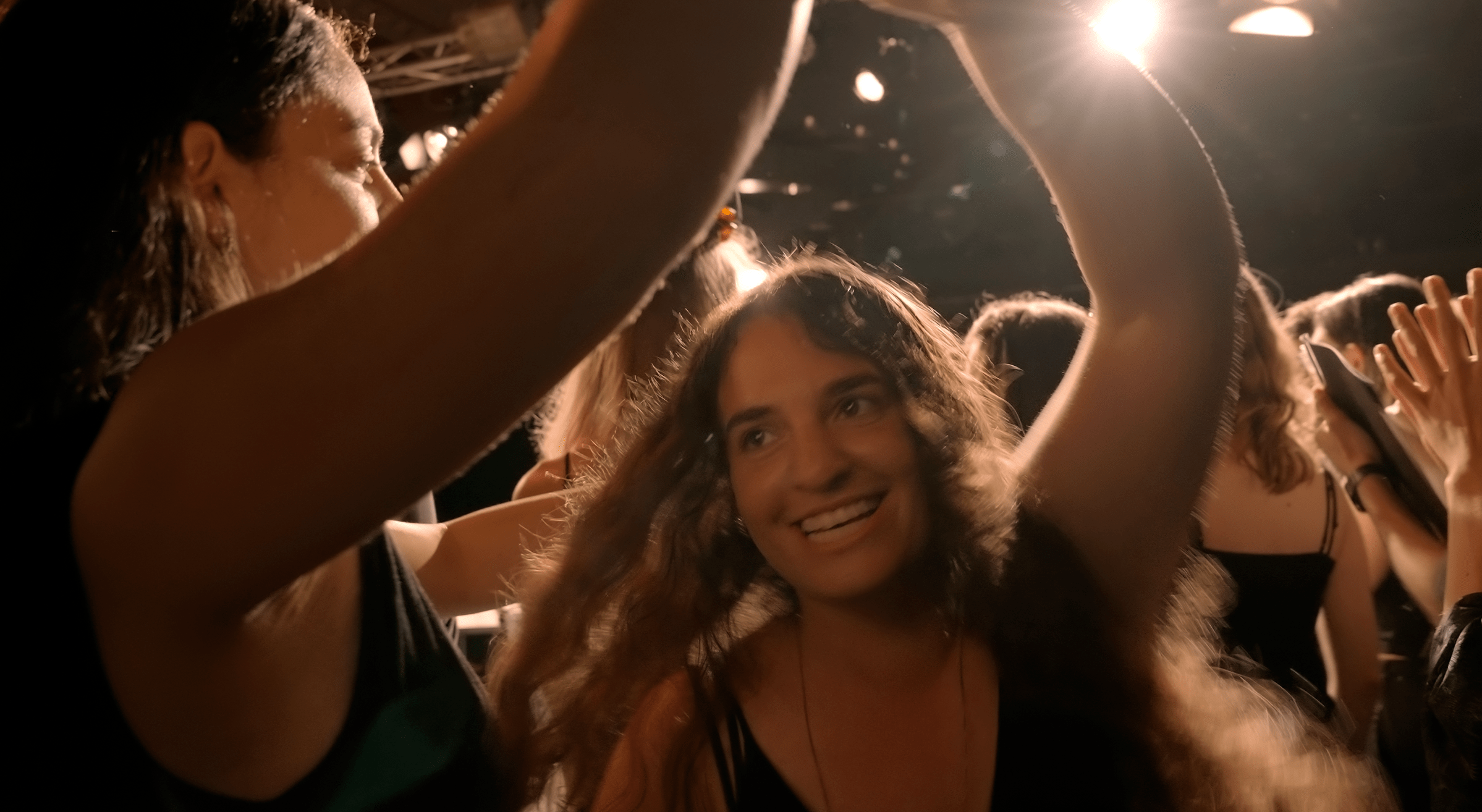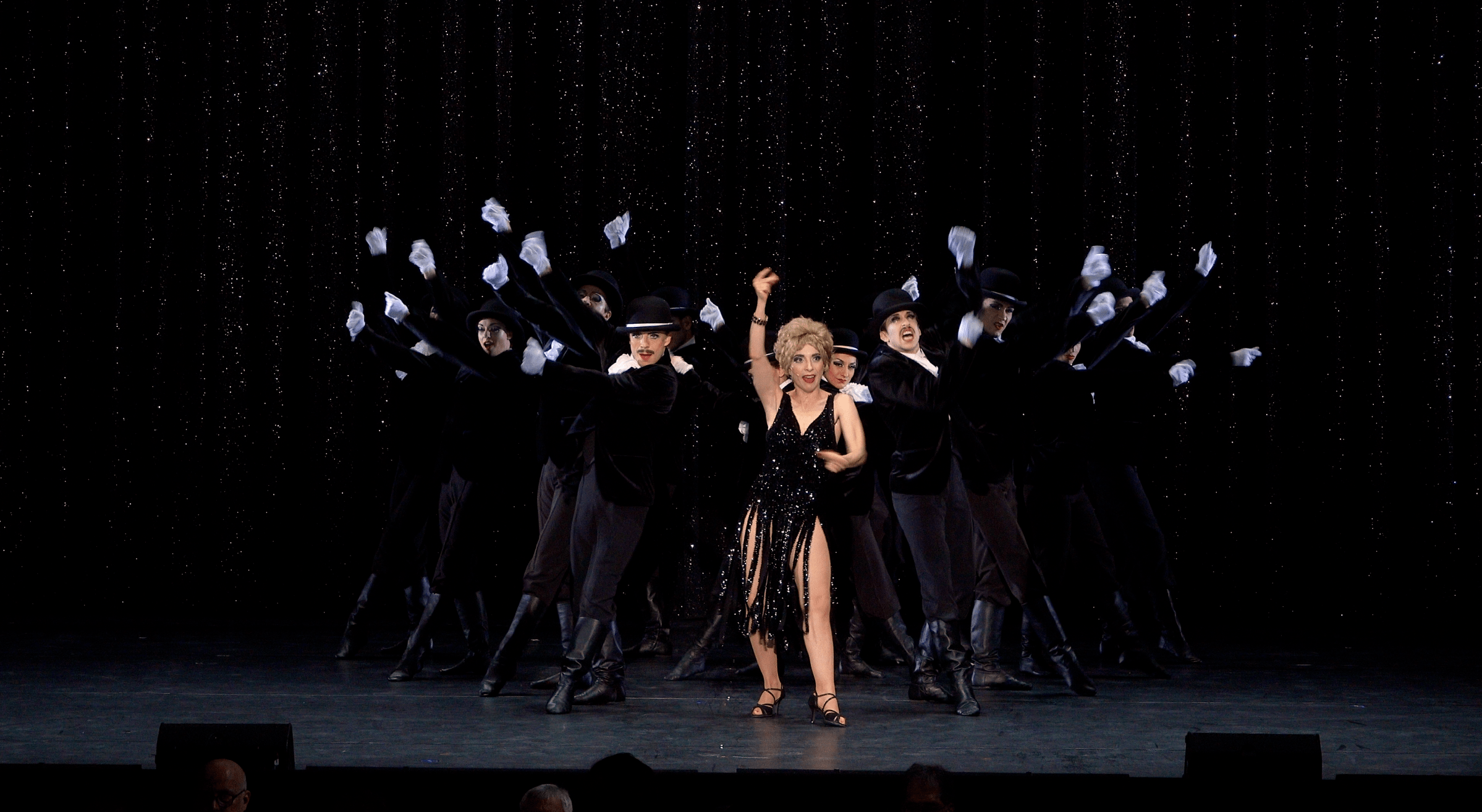


For over 1,000 years, Yiddish was the vernacular language of Eastern European Jews. It was the street language, the lived language of Jewish people across most of Europe. It was also the repository of an extraordinarily rich Jewish literature and culture. Yiddish operated as a Jewish vernacular for speakers who were multilingual speakers who operated across different languages, including textual Hebrew and Aramaic as the languages of prayer and sacred study, and non-Jewish languages such as Russian or Polish. When they immigrated to new homes, they brought YIddish with them. A vibrant global modern culture evolved in Yiddish spanning theatre, literature, cinema, education and politics. Before the war, Yiddish was spoken by roughly 12 million Jews worldwide. The tragic impact of the Holocaust, and the post-Holocaust mass migration of Jews to the new world resulted in a devastating break in the transmission of Yiddish.
However, growing numbers of new learners and artists are finding their way to the language, and the populations of Hasidic Yiddish speakers are expanding rapidly.
In the last decades, young people across the globe have been discovering Yiddish for the first time. From Buenos Aires, Mexico, Melbourne, to New York, Berlin, Paris, and London, young people are learning Yiddish and applying it to artistic works that extend the use and expression of this vibrant ancient language. Since the coronavirus pandemic, enrolments in Yiddish language classes are up at all levels, from beginner to the highest academic level to serve students from a variety of backgrounds.
Yiddish is no longer just about nostalgia for a past, long gone.
Yiddish is increasingly associated with progressive politics, social justice, creativity and engagement with the wider world. Indeed, contemporary Yiddish artists are driving an unprecedented wave of cultural expression: plays, podcasts, song cycles, musical theatre concerts, festivals, and translations. Yiddish is expanding its parameters, moving into contemporary areas of content and expression - and thriving. Yiddish cultural festivals are proliferating around the globe.

YIDDISH LINKS
YIVO Institute for Jewish Research
yivo.org/yiddish-links
IN GEVEB
An online journal of Yiddish Studies, including scholarly articles, interviews, texts and translations and a blog.
https://ingeveb.org
YIDDISH BOOK CENTER
Yiddish Library and Collections, including 11,000 digitized Yiddish titles, audiobooks, oral histories, etc
https://www.yiddishbookcenter.org/collections
DIGITAL YIDDISH THEATRE PROJECT
https://web.uwm.edu/yiddish-stage/
THE YOSL and CHANA MLOTEK YIDDISH SONG COLLECTION A THE WORKERS CIRCLE
https://yiddishsongs.org
YIDDISH FORWARD
https://forward.com/yiddish/
The Workers Circle Yiddish classes (online)
https://www.circle.org/yiddish
Yiddish Summer Programs Roundup 2024
https://ingeveb.org/pedagogy/yiddish-summer-programs-2024
Resources for typing in Yiddish
https://www.isaacbleaman.com/resources/

KlezKanada
https://klezkanada.org/summer-retreat/program/
Yiddish Summer Weimar
https://yiddishsummer.eu
Ashkenaz Festival, Toronto, Canada
https://ashkenaz.ca
Yiddish New York
https://yiddishnewyork.com/
The ABOUT YIDDISH page was collated by Prof Rebecca Margolis, Professor and Pratt Foundation Chair of the Australian Centre for Jewish Civilisation at Monash University